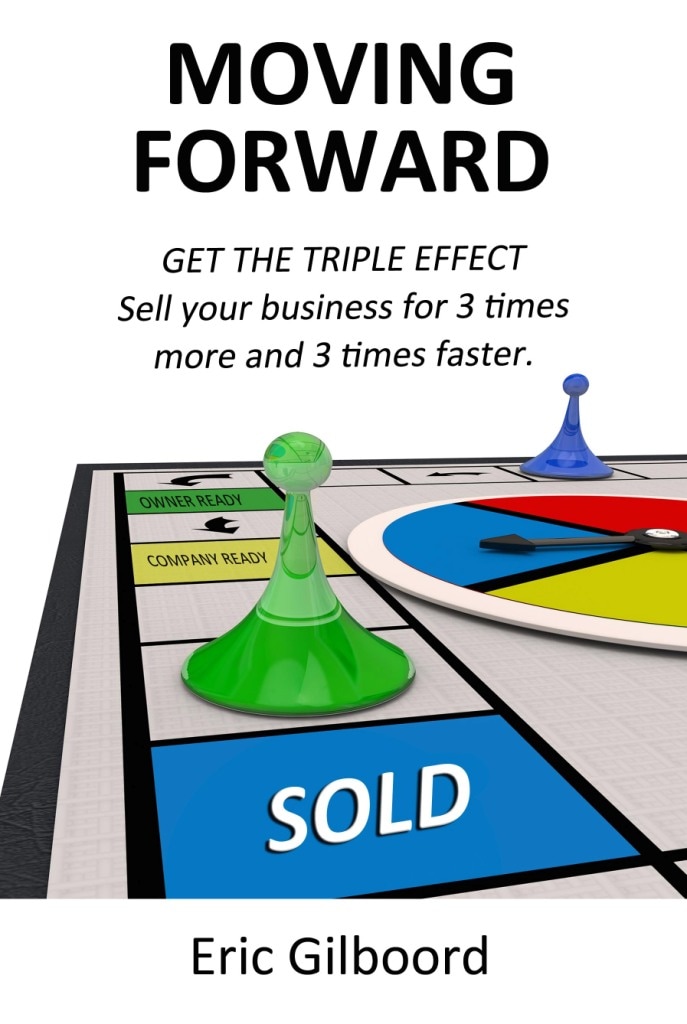Understand members of your target group thoroughly, including their attitudes toward the services you offer (e.g., is the purchase of your product or service important, fun, or a necessary evil?). What motivates them, excites them, and makes them want to come back? Be honest and clear about your target group. It is not all adults or all females or all females with blue eyes. Get as close as possible to the core of your target audience and know who is really buying your product or service. Create a mental picture of your customers. See them clearly and make sure that anyone involved with your business has the same picture.
2. Be Up-To-Date On Your Competition.
Be completely up-to date on your competition. How are your competitors marketing? Are they spending more on marketing than you are? Are they spending less? What kind of results are they getting? Know what your competition is going to do before they do it and prepare yourself. Learn from their mistakes and their successes.
3. Set Clear Objectives.
Determine where you want your marketing efforts to take you. Is it your objective to maintain the business you have with minimal growth, just enough to make up for any customers who leave? Or do you want to grow your business? Do you want to develop a highly successful system that could be franchised? Or do you have a short-term plan to develop your business rapidly in order to sell it quickly and profitably? It’
4. 20% Of The Effort Equals 80% Of The Results.
Review past sales figures and understand the 80/20 rule. Typically, 20% of your customers will represent 80% of your sales; likewise, 20% of your effort will deliver 80% of the results. Check your accounting records now!
5. Create A Marketing Plan.
Have a written marketing plan. The old expression ‘‘If you don’t know where you’re going, any road will take you there.’’, has never been more true. Every day you are faced with new challenges and opportunities. If you don’t have a road map it is very easy to drift for a long time never quite succeeding.
6. Develop A Sales Plan.
Develop a realistic sales plan. Know what you want to achieve and where the sales will come from. Adhere to a defined sales process and follow up at each stage of the process. There are many books and courses that outline well-defined sales and marketing processes. Find a process you believe in and follow it loyally. Consider what you need to do in sales versus what you want to do.
7. Be Up-To-Date On Your Industry.
Be as up-to-date as you can on your industry and on your customers’ industry. Vertical industry publications will help keep you informed of trends and opportunities. They usually do an annual year-end wrap-up and make predictions for the future. If you want to know where your industry is going, this is a great place to start. (This is a really valuable tip as these publications do the research for you.) Talk to suppliers, customers, and even your competitors.
8. Identify New Technologies.
Identify new technologies that will enhance your marketing efforts. All kinds of software, online apps, email, cost-effective low-run four-colour printing, and the internet make competing with larger companies much easier.
9. Put The Customer First.
Put your client/customer needs before your own. If you put your customers first, they will notice and remember it at decision making time. It helps if you love what you do. Customers want to be with winners, and loving what you do will get you through the tough times.
10. Have A Point Of Difference.
Be clear and concise about what product or service you offer and how yours is different from your competitors’. Make sure your marketing efforts consistently reinforce these differentials.
11. Re-Evaluate Your Business.
Constantly re-evaluate your business. Every meeting, presentation, and discussion you have about your business is an opportunity to re-think what you are doing. Challenge every aspect of your business and make it better every day.
“You’re not in this alone. Make sure to have others handling day to day marketing tasks.” EG










